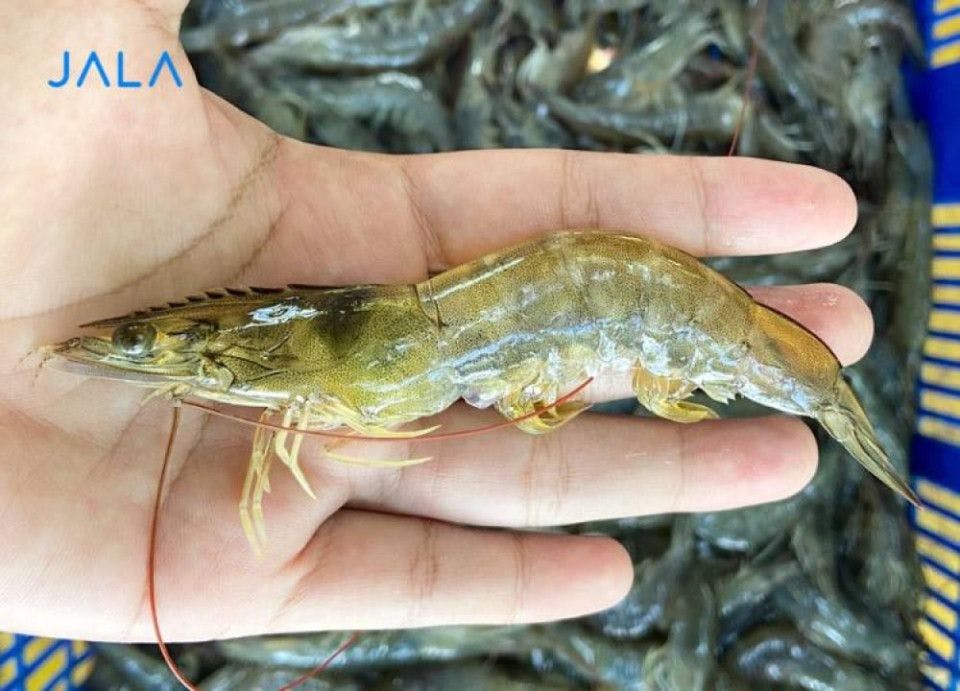
Looking at the shrimp body's condition during climate change
Why has it been so cold in Indonesia lately? This is thought to be due to climate change caused by the movement of winds from Australia. It is currently winter in Australia and the air pressure in this land of kangaroos is high. High air pressure causes the wind to move northward across Indonesia. This natural event has caused the temperature around Indonesia to become colder.
How does it affect shrimp farming?
In general, extreme climate change can significantly affect shrimp production. Low temperatures result in low shrimp metabolism processes which later affect shrimp growth. Shrimp become stressed and more susceptible to disease because their immune system weakens.
What about the shrimp body’s condition?
When the shrimp is under stress, the glucose level in its hemolymph increases due to the release of hyperglycemic hormone as a form of its primary response when the surrounding environment changes. This hyperglycemic hormone triggers the process of glycogenolysis, in which glucose stored in the muscles and liver (glycogen) is broken down into glucose. This adequately high glucose is needed by shrimp as an energy source for the homeostasis process (balancing) of the shrimp body when they get stressed.
If the cold temperature in the pond water lasts for a long time, the glycogen allocated as energy for growth will continue to be broken down to balance the function of the shrimp body. As a result, shrimp growth becomes stagnant and later causes shrimp production to slow down.
In addition, the low temperature caused the total haemocytes to decrease, so the shrimp immune response to pathogens also decreased by 29.4% from 26oC to 17oC. This causes shrimp to be susceptible to diseases, for example myo disease or Infectious Myonecrosis Virus (IMNV) and White Spot Syndrome Virus (WSSV). If it is left untreated, the shrimp will be at risk of death.
References
Ren Xianyun, Wang Qiong, Shao Huixin, Xu Yao, Liu Ping, Li Jian. 2021. Effects of Low Temperature on Shrimp and Crab Physiology, Behavior, and Growth: A Review. Frontiers in Marine Science 8.
Li Bin, Xian Jian-An, Guo Hui, Wang An-Li, Miao Yu-Tao, Ye Jian-Min, Ye Chao-Xia, Liao Shao-An. 2014. Effect of temperature decrease on hemocyte apoptosis of the white shrimp Litopenaeus vannamei. Aquacult Int 22:761–774.
Raisal, A. Y., Putraga, H., Hidayat, M., & Rakhmadi, A. J. Analisis Pengaruh Aphelion Dan Perihelion Terhadap Suhu Menggunakan Weather Station. Jurnal Environmental Science, 3(2).





